Be it their resemblance with our own world or the thrill of escaping into a darker one, our love affair with dystopian fiction has coincided with multi-platform peak TV**.** Now, Apple joins the bandwagon with See , a post-apocalyptic drama set to premiere on 1 November on Apple TV Plus. The show imagines a future where a virus causes humanity to lose the ability to see, and how the social order, belief system and power structure change over generations of blindness. It stars Jason Mamoa as Baba Voss, the chieftain of the Alkenny village, alongside Alfre Woodard, Yadira Guevara-Prip, Nesta Cooper, Sylvia Hoeks, Archie Madekwe, Christian Camargo, Hera Hilmar and Mojean Aria.
See has been directed by Francis Lawrence, who helmed not just The Hunger Games: Catching Fire and Mockingjay , but also I Am Legend. So, he is no stranger to dystopian stories. “I Am Legend is about a world that was hit by a virus and humanity vanishes. That was only three years after the event. And so it was sort of the beginning and even then I was interested in the idea of nature coming back: the sky gets a little cleaner, and you can see the trees starting to grow. This (See) is the version of that world hundreds of years later. So it’s the idea that Earth is basically reset and there’s very little of our civilisation left,” says Lawrence.
Creator Steven Knight, who also developed Peaky Blinders and wrote and directed Locke, backs up Lawrence’s take but he doesn’t believe See is dystopic. He says, “This future is wonderful. The earth has healed itself. It’s back, everything’s back to normal. All of the wildlife in the world has now recovered. And here are human beings just about getting by. That’s not a dystopian, horrible future. And the question that I wanted to ask over the scope of this whole thing is: Is it better or worse for human beings to have no vision?”
But how does one represent the idea of blindness using mere images? And won’t blindness change the way people move, communicate, fight and perform daily tasks? Knight says they embraced these challenges because they only helped create a more credible blind civilisation. He adds, “That restraint and restriction causes creativity, which makes it look great, makes it different and makes it better. So, you’re saying they can’t see. Ironically, it looks amazing.” So, in a fight sequence in the first episode, Baba Voss and the warriors apply a scented clay of sorts to distinguish allies from enemies.
When Baba Voss becomes the father of twins, born with the ability to see, he must protect them from a world that believes vision is a myth, or worse, witchcraft. While discrimination based on race or ethnicity might not exist in a world without eyesight, Lawrence believes there will still be other human prejudices. He says, “Sight is a huge prejudice because they have something that other people hate and are afraid of.” Even as the twins Kofun and Haniwa grow up, each sees their ability differently. Lawrence describes them as a contrasting duality of sorts. “Kofun would rather have been blind and just be with his family, his community and the village. That would have just been an easier, more peaceful place for him. Haniwa would never in a million years. She’s the opposite as she embraces what makes her different. Kofun would much rather reject what makes them different.”
As See envisions a future where mankind return to the wild as hunter-gatherers, Lawrence wanted to use a North American setting, which “was kind of wild and really beautiful in terms of scope, scale and scenery.” So, they decided on filming the series in Vancouver Island in British Columbia. Knight says, “What we wanted was a part of the world that looked as if humanity hadn’t done the damage that it’s done,” before adding, “sadly, that choice meant that everyone was frozen for long periods of time.”
There are already a ton of shows on various platforms, from streaming services to premium cable channels, vying for our attention. And November will see the launch of two new streaming services in Apple TV + and Disney +. It’s not just the viewers who are spoilt for choice, but the content creators too. In Netflix’s already enormous catalogue of scripted originals, it is not easy to stand out. So, Lawrence is happy he chose Apple. “Part of what was exciting in working with Apple was that it was part of their first wave. So, I knew going in, that’s pressure. There’s going to be eyes on it because it’s going to be one of those things that’s sort of the beginning of Apple’s streaming service.” Knight concurs, “There were choices obviously, and we did speak to other platforms. But there is something exciting about the fact that this was brand new, and because this idea rides new ground as well, we’re on this journey together.”
See will premiere on Apple TV+ on 1 November. Viewers can watch it on the Apple TV app or online at tv.apple.com.


)




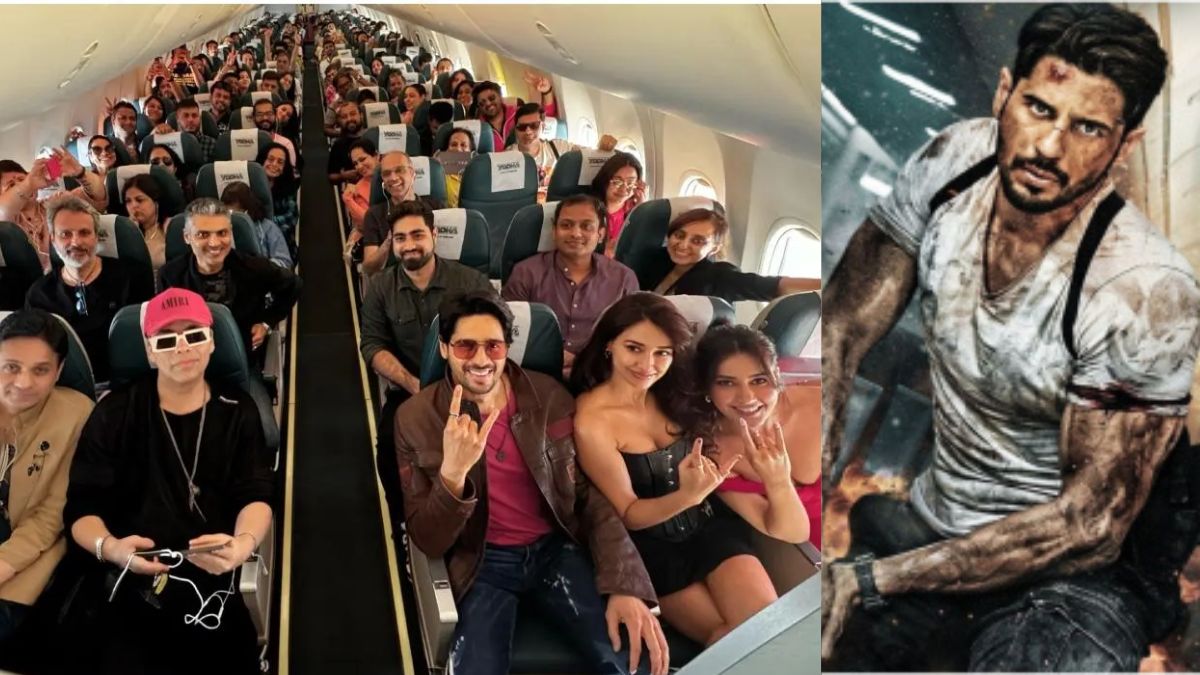)
)
)
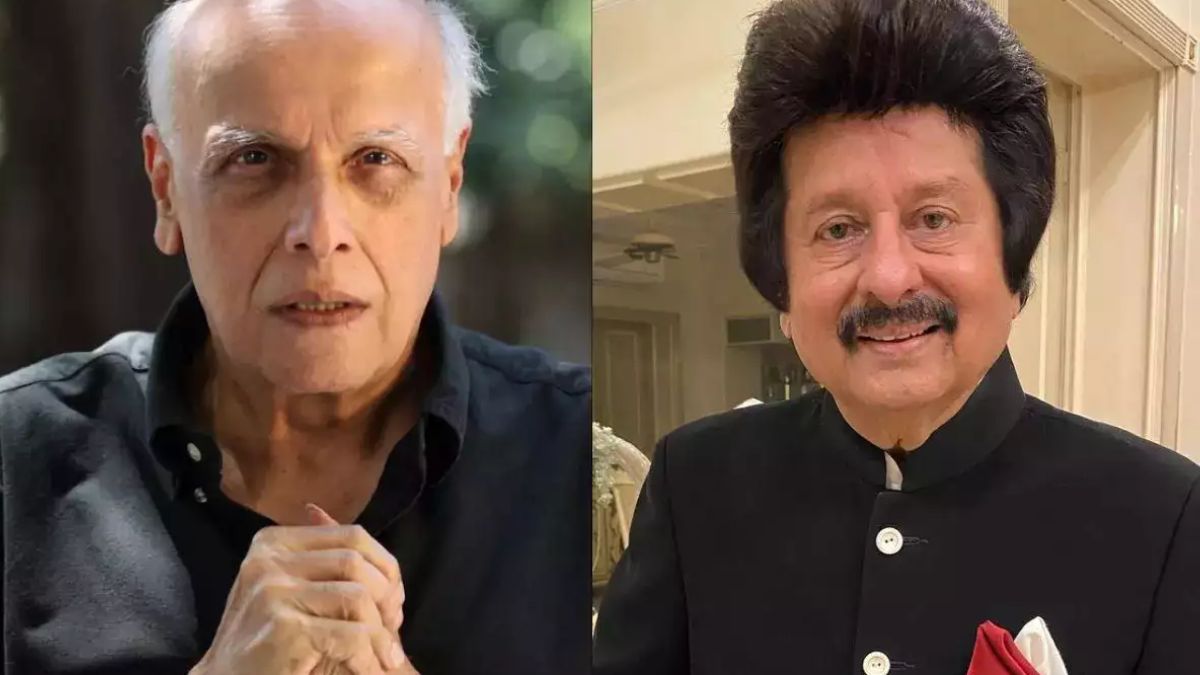)
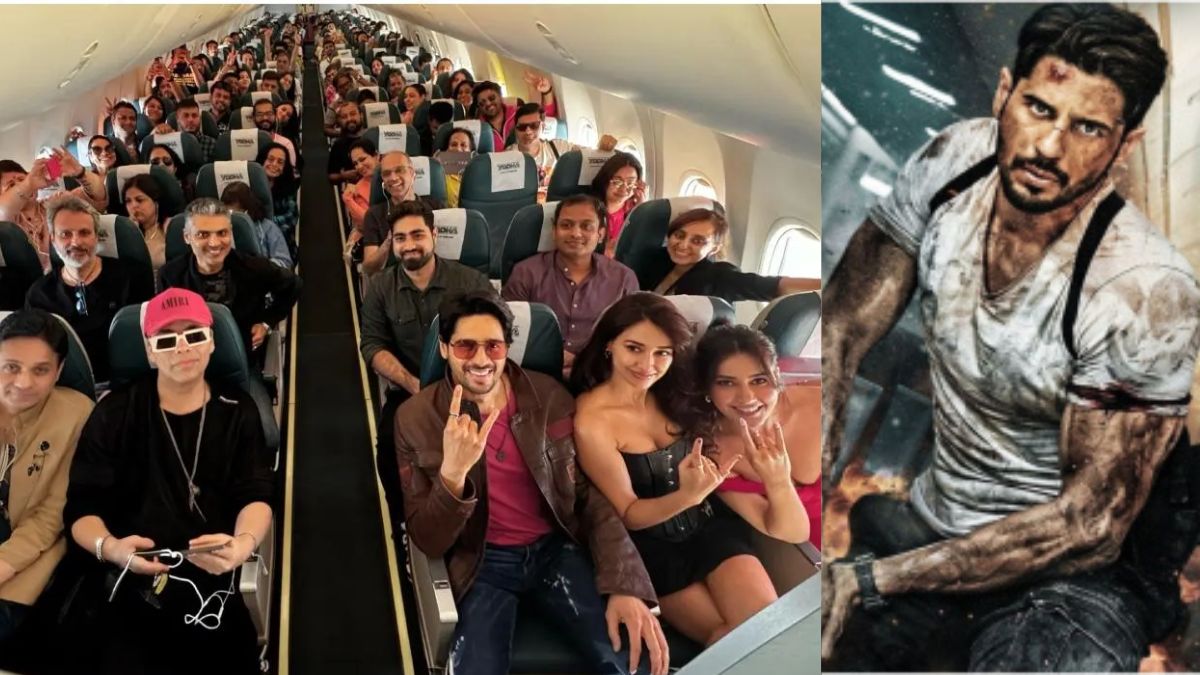)
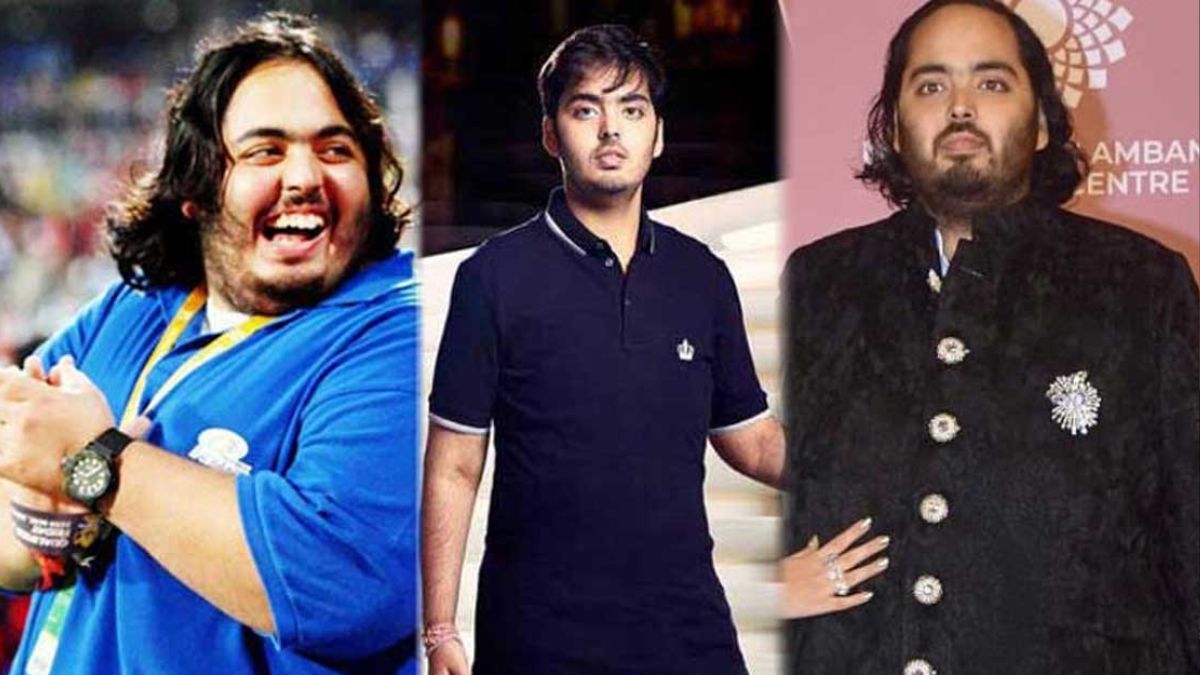)
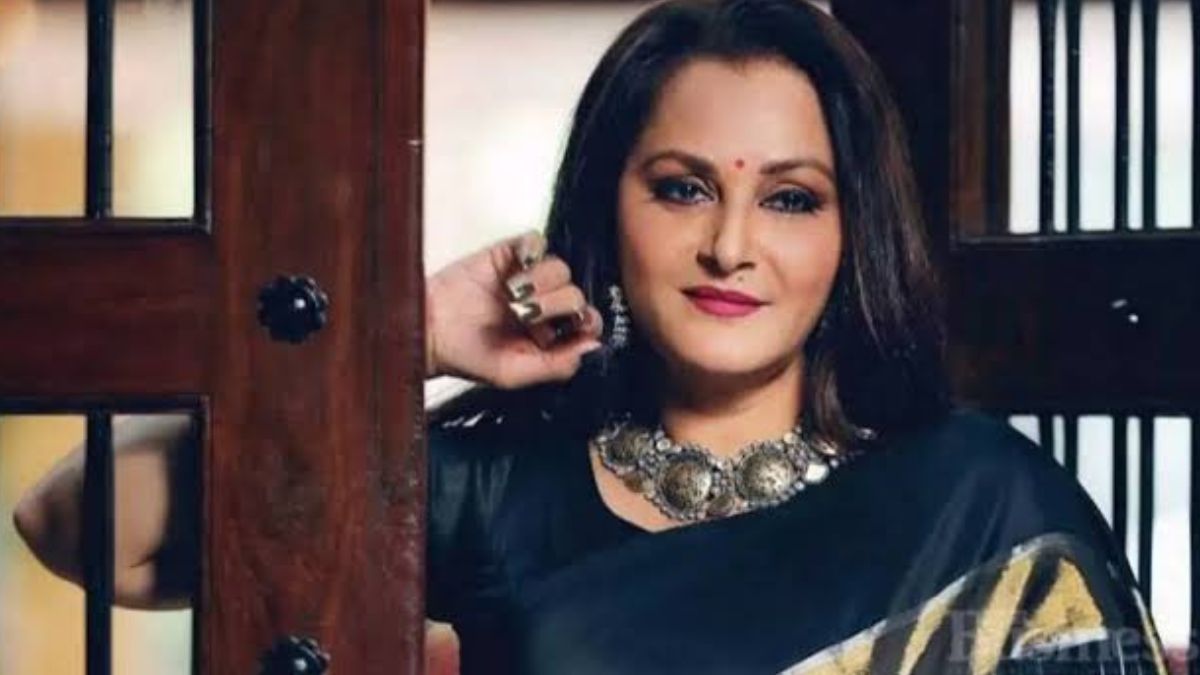)
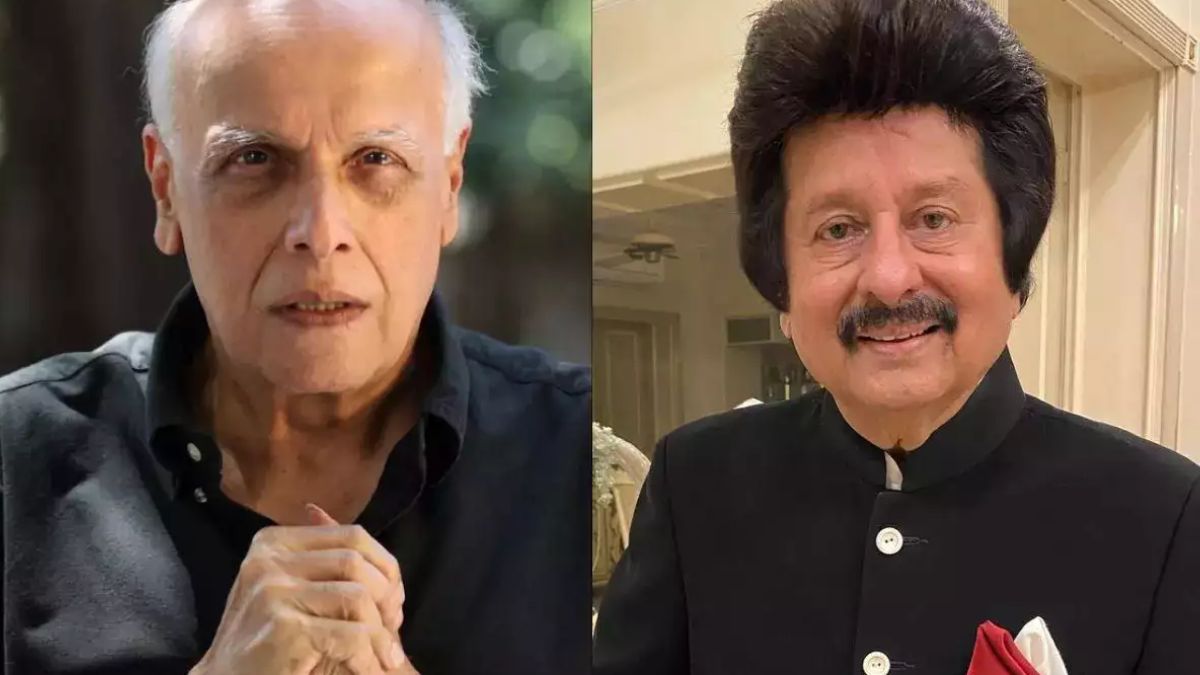)